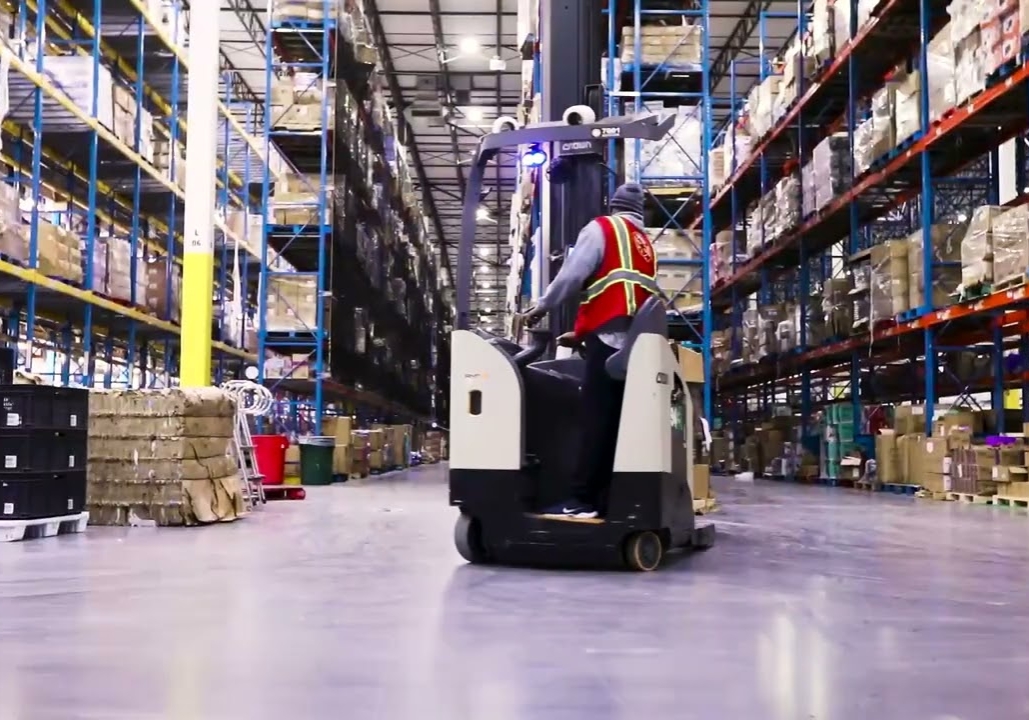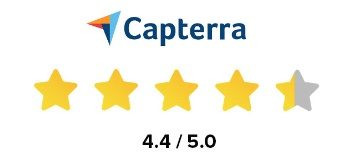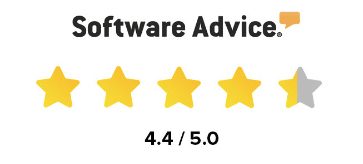Non-Compliance Costs for FDA regulation violations
Andy Pritchard | May 29, 2023 | 5 min read

The cost of non-compliance for FDA violations can vary depending on several factors, including the nature and severity of the violation, the scale of the operation, and the history of compliance of the manufacturer.
Some relatively recent examples of extreme compliance violation penalties include:
Peanut Corporation of America (PCA)
In 2008 and 2009, PCA was involved in a salmonella outbreak linked to its peanut butter and peanut paste products. The outbreak resulted in hundreds of illnesses and several deaths. PCA knowingly shipped contaminated products and engaged in other unsanitary practices. The company's executives were prosecuted, and the CEO was sentenced to 28 years in prison. PCA filed for bankruptcy, and the subsequent legal proceedings and compensations amounted to significant financial losses.
Blue Bell Creameries
In 2015, Blue Bell, a popular ice cream manufacturer, faced a major listeria outbreak linked to its products. The outbreak resulted in several illnesses and three deaths. Blue Bell was found to have known about the contamination but failed to take appropriate actions. The company issued a nationwide recall and temporarily halted production at its facilities. Blue Bell faced regulatory scrutiny, legal actions, and a deferred prosecution agreement that required the company to pay over $19 million in fines and forfeitures.
Chipotle Mexican Grill
In 2015 and 2016, Chipotle experienced several foodborne illness outbreaks related to E. coli, norovirus, and salmonella. These outbreaks affected multiple locations across the United States and resulted in numerous illnesses. Chipotle faced extensive negative publicity, a decline in sales, and significant costs associated with outbreak investigations, legal settlements, and implementing food safety improvements. The company was required to pay millions of dollars in fines and settlement fees.
ConAgra Foods
In 2007, ConAgra Foods had a major recall of its Peter Pan and Great Value brand peanut butter products due to a salmonella outbreak. The outbreak resulted in hundreds of illnesses. Investigations revealed that the company's Georgia facility had several operational and sanitation deficiencies. ConAgra Foods faced legal actions, including class-action lawsuits, and the company settled with affected individuals. The total cost of the recall and subsequent legal proceedings amounted to tens of millions of dollars.
These examples highlight the potential consequences faced by large food manufacturing companies when they violate regulations and compromise public health. It's important to note that penalties and outcomes can vary depending on the specific circumstances, severity of violations, and regulatory actions taken.
Some potential costs associated with FDA violations for food manufacturers may include:
Regulatory penalties
The FDA can impose monetary penalties for non-compliance, which can range from warning letters and fines to more severe measures like product seizure, injunctions, or even criminal charges.
Product recall expenses
If a food product is found to be non-compliant or poses a risk to public health, a manufacturer may be required to recall the product from the market. This can involve costs related to notifying consumers, removing products from distribution channels, and disposing of or reworking the affected products.
Legal fees
Non-compliance issues may result in legal proceedings, requiring the services of attorneys to navigate the regulatory process, defend the company's interests, or negotiate settlements.
Reputational damage
Violations of FDA regulations can harm a company's reputation and consumer trust, leading to decreased sales, loss of market share, or difficulty in attracting new customers.
Remediation costs
Correcting the non-compliant practices and implementing necessary changes can involve expenses such as process modifications, facility upgrades, employee training, and quality control enhancements.
It's important to note that the actual costs can vary significantly based on the unique circumstances of each violation and the actions taken by the FDA and the food manufacturer. It's advisable for food manufacturers to prioritize compliance with FDA regulations and maintain a robust quality assurance and regulatory compliance program to minimize the risk of violations and associated costs.
Consulting with legal and regulatory experts specific to the food industry can provide more accurate and up-to-date information regarding the potential costs of non-compliance.

100K+
Global Users
MILLIONS
of jobs completed
11
Languages
"The Weever suite is easy to understand and the support from the team has been amazing!"
Laura Curtis - Operational System and Process Manager, HelloFresh
"Weever saves me time, makes data visible and drives results!"
DENAIR M. - Training Manager
"Weever has changed how I run our business."
Ingrid K. - Plant Director
"Weever is extremely easy to use and simple to manage."
NICKI V - CI Engineer
"Weever gives me immediate insights into my business."
COLIN H. - Operational Excellence Manager
"The Weever team are extremely helpful and are always on hand to help with any questions or queries we may have."
Mel Cadle - Op Ex Lead Process Engineer, HelloFresh



